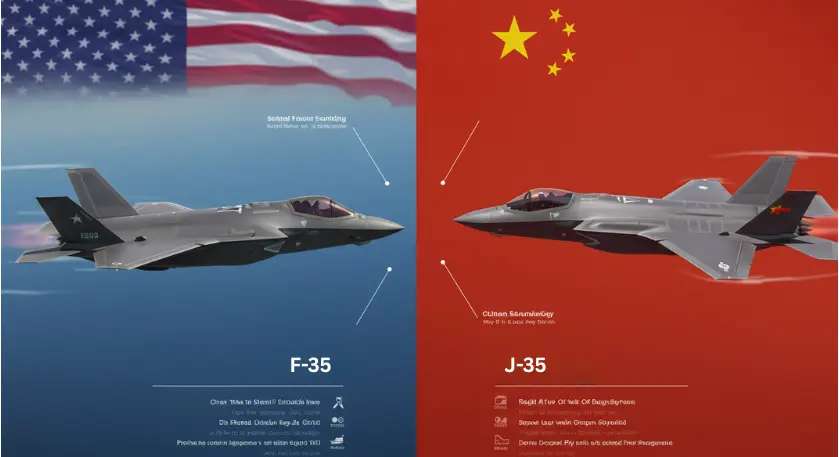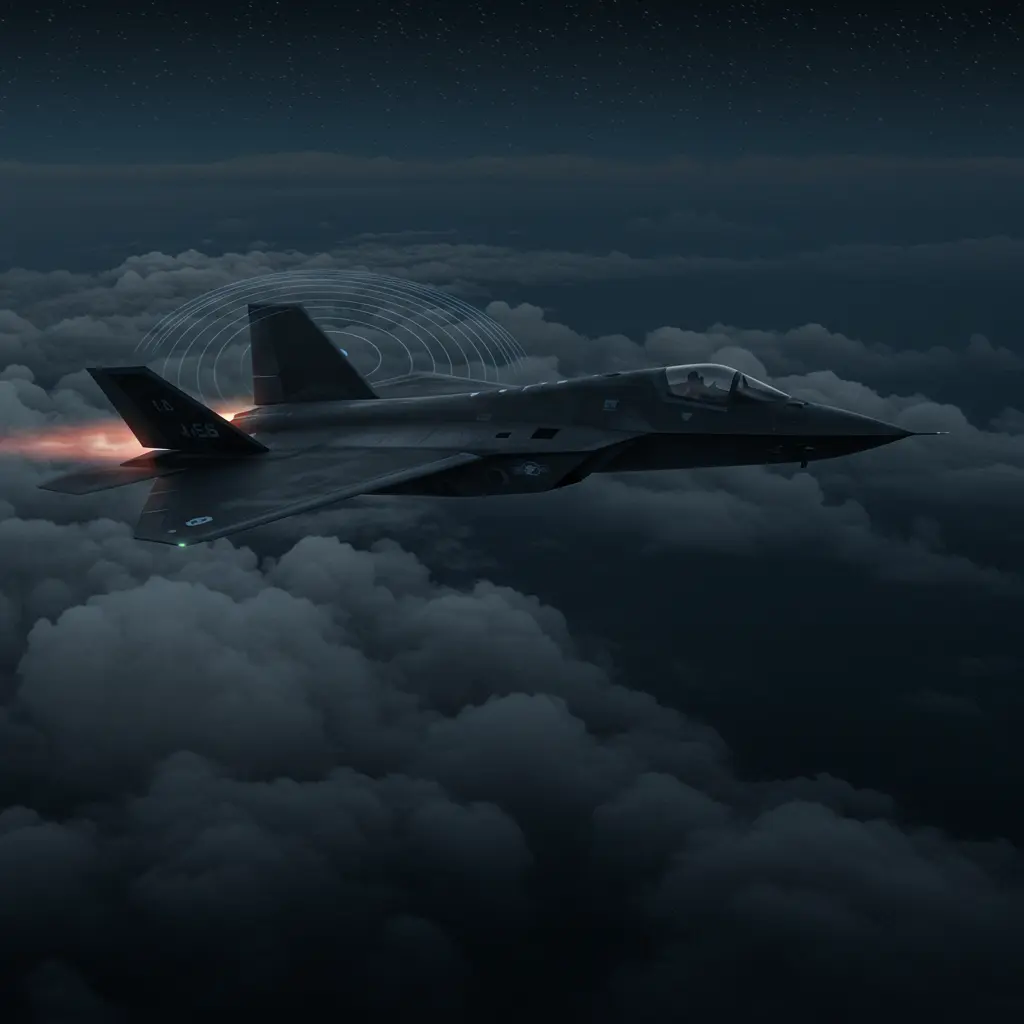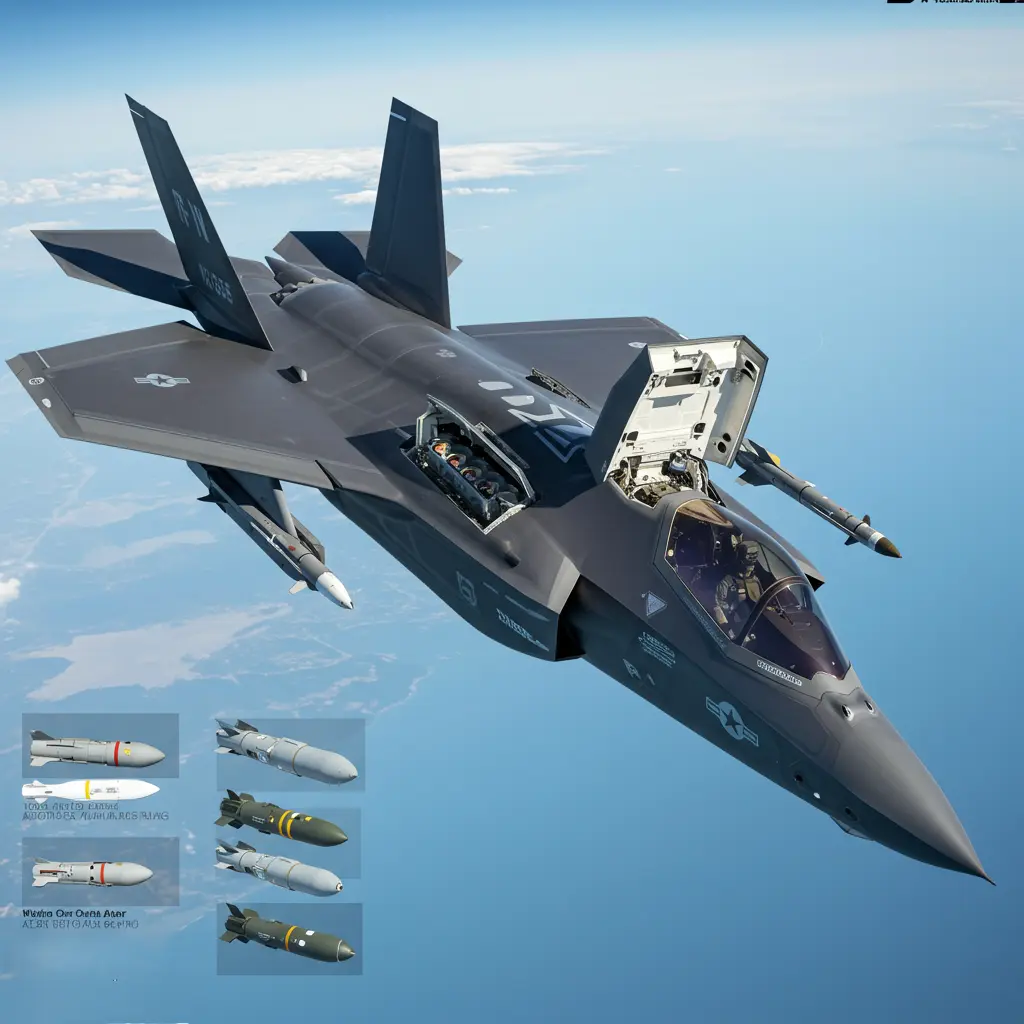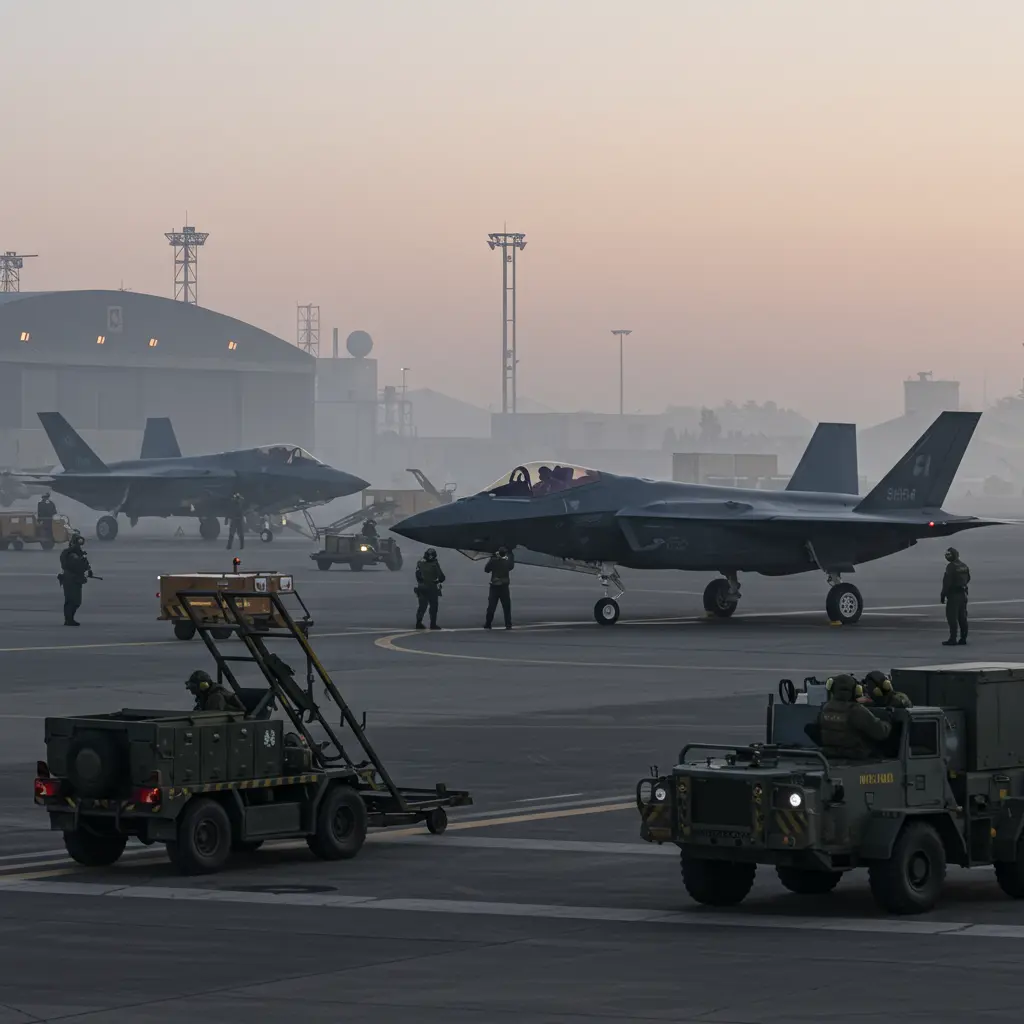The competition for supremacy in stealth air is one area where the rapid evolution of the modern battlefield is most noticeable.

The American built F-35 Lightning II and the Chinese developed J-35 also known as the FC-31 Gyrfalcon for export are the two fifth-generation fighters at the center of a global power struggle as nations compete for aerial superiority. Although both of these titans of stealth offer unprecedented capabilities only one could shape air combat in the future.
The Contenders
F-35 Lightning II: The United States’ Airborne Titan
The centerpiece of the American defense industrial complex is the F-35 which was created by Lockheed Martin. It is intended for multirole missions in the Air Force, Navy and Marine Corps and is fielded in three variants: A, B and C. It now serves as a representation of air power that is NATO standard.
The J-35 (FC-31 Gyrfalcon): China’s Aspiring Rival
The J-35 is China’s second stealth fighter after the J-20 and is currently being developed by Shenyang Aircraft Corporation. With its focus on export markets and possible naval applications, the J-35 demonstrates Beijing’s determination to match Western aerospace technology head to head.
Development Background
Beginning with the Joint Strike Fighter (JSF) program, the F-35 was the result of decades of intense cooperation between the United States and its allies. The J-35 on the other hand, started out as a private endeavor before attracting state attention as China changed its focus to a blue water fleet and worldwide reach..
Stealth Capabilities

Because of its internal weapon bays, seamless skin, and significant use of radar absorbing materials (RAM), the F-35 has a very small radar cross section. Although the J-35 also places a strong emphasis on minimal observability, experts have doubts about the internal design optimization and uniformity of RAM application, particularly in the vicinity of engine nozzles and air intakes.
Avionics and Sensor Suite
The AN/APG-81 AESA radar, Distributed Aperture System (DAS) and Electro Optical Targeting System (EOTS) enable the F-35’s sophisticated sensor fusion which is its core component. Pilots have situational awareness that is almost omniscient. Although the J-35’s sensors are still mostly unknown, early prototypes point to the development of systems that are more integrated and have more processing power than their peers.
Engine Power and Thrust
With its Pratt & Whitney F135 engine which can generate up to 43,000 pounds of power, the F-35 can reach supersonic speeds without the need for an afterburner (supercruise for brief bursts). Russian supplied RD-93 engines power the J-35 prototypes but China intends to incorporate the more potent WS-19, a local powerplant that is currently undergoing testing.
Combat Range and Endurance
With its remarkable 1,380-kilometer combat radius without refueling, the F-35A allows for deep-strike operations with little assistance. It is perfect for long range deployments because of its capacity to refuel aerially which further increases operational reach. A lesser range of approximately 1,200 kilometers is anticipated for the J-35, which is currently under development, contingent on final engine performance and fuel capacity. Its endurance might remain restricted in the absence of demonstrated refueling integration. Because of this, the F-35 has a major edge in multi theater and prolonged operations.
F‑35 vs J‑35: Price, Power & Performance
Weapon Systems

With the option to carry additional weapons on external hard points, the F-35 can carry up to four air to air missiles or precision guided bombs in stealth configuration. Among the many munitions it can handle are the GBU-series JDAMs, AIM-120 AMRAAM and AIM-9X. Visual investigations reveal internal bays for PL-10 and PL-15 missiles, matching the U.S. stealth design concept, although the J-35’s weapon suite is still speculative.
Agility and Maneuverability
The F‑35 is engineered with advanced fly by wire controls, a high angle of attack capability and precise aerodynamic design, offering solid agility despite its stealth optimized shape. It excels in beyond visual range combat but can also handle close range engagements effectively. The J‑35 appears sleeker and potentially lighter which may grant it sharper maneuverability in theory. However, without combat proven data and with pending engine upgrades, its real world agility remains speculative. F‑35 holds the edge in controlled, predictable maneuver performance backed by operational testing.
Production Cost and Export Viability
The F‑35, though originally criticized for its ballooning costs, now sits around $80 million per unit (F‑35A) with decreasing maintenance costs due to economies of scale. It has secured orders from over a dozen countries. The J‑35, targeted as a budget friendly stealth option, may appeal to nations excluded from U.S. defense partnerships but lacks the established logistical support and combat track record of its American counterpart.
Global Partnerships and Strategic Alliances
The F‑35 program is supported by a vast network of international allies including NATO members and key partners like Japan, Australia and Israel. This collaboration enhances interoperability, joint training and shared intelligence across air forces. In contrast, the J‑35 lacks such widespread strategic integration but aims to attract nations outside Western defense circles. While China seeks to build influence through exports, the F‑35’s entrenched alliances give it a substantial geopolitical advantage in shaping global airpower dynamics.
Real World Deployment and Combat Readiness

The F‑35 has been extensively deployed across multiple combat zones with thousands of flight hours and operational missions validating its performance. It is actively used by several air forces, showcasing high readiness and growing reliability. On the other hand, the J‑35 remains in prototype stages with no confirmed combat deployment or mass production. Its carrier trials and full scale integration are still under development. This operational gap places the F‑35 far ahead in terms of real world combat readiness and trust..
Future Upgrades and Technological Evolution
The F‑35 is set to receive significant enhancements under its Block 4 upgrade including improved processors, expanded weapon compatibility and advanced electronic warfare systems. These upgrades ensure long term battlefield relevance. Meanwhile, China is developing newer engines, better avionics and potential drone integration for the J‑35. Although promising, these technologies remain unproven. While both jets are evolving, the F‑35 benefits from a structured roadmap and ongoing field updates, giving it a technological edge in the near to mid term future.
Conclusion:
The F‑35 currently leads in real world deployment, sensor integration and global influence. The J‑35, however, symbolizes a rising challenge not only in technology but in the geopolitical arena. While the F‑35 wins today in price, power and performance, the true contest may unfold in the skies of the 2030s, where digital ecosystems and autonomous warfare will redefine victory.
Q: What are the main differences between the F‑35 and J‑35 stealth jets?
A: The F‑35 is a combat-proven, multirole stealth jet developed by the U.S., while the J‑35 is China’s newer, still developing alternative aimed at global export markets with lower operational experience.
Q: Which jet has better stealth capabilities, the F‑35 or the J‑35?
A: The F‑35 offers superior stealth with a lower radar cross-section and advanced materials. The J‑35 is designed with stealth in mind but lacks verified low observability in operational settings.
Q: What is the combat range of the F‑35 vs the J‑35?
A: The F‑35A has a combat radius of around 1,380 km with aerial refueling. The J‑35’s estimated range is slightly lower and its endurance remains unverified in real world missions.
Q: What types of weapons can the F‑35 and J‑35 carry?
A: The F‑35 supports a wide range of air-to-air and precision-guided munitions. The J‑35 is expected to carry Chinese made missiles like PL-10 and PL-15 but full compatibility is still unconfirmed.